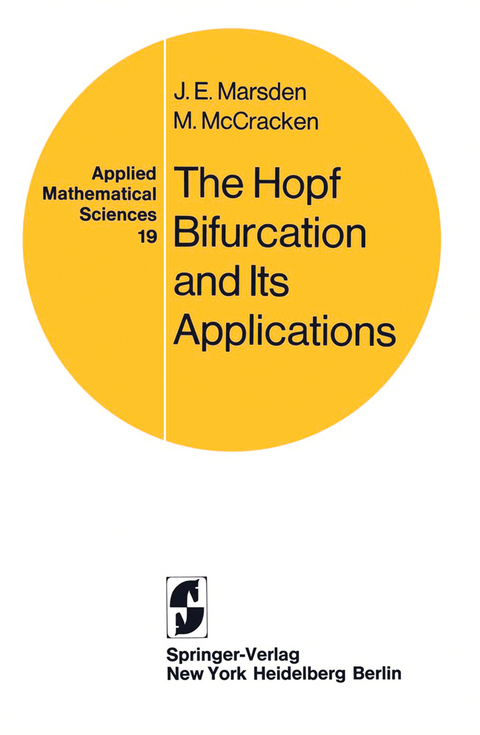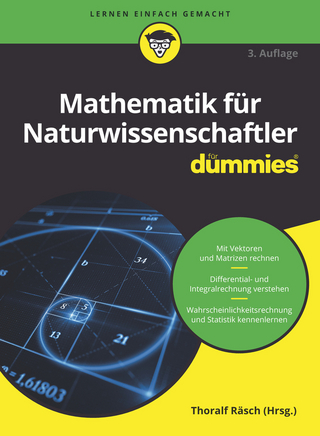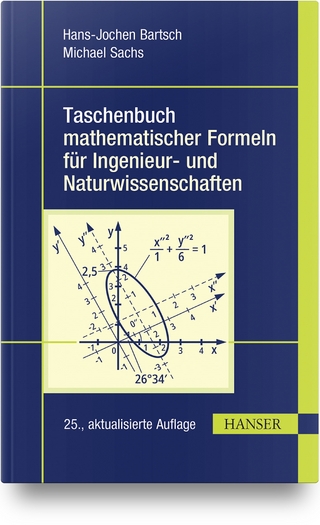
The Hopf Bifurcation and Its Applications
Springer-Verlag New York Inc.
978-0-387-90200-5 (ISBN)
Section 1 Introduction to Stability and Bifurcation in Dynamical Systems and Fluid Dynamics.- Section 2 The Center Manifold Theorem.- Section 2A Some Spectral Theory.- Section 2B The Poincaré Map.- Section 3 The Hopf Bifurcation Theorem in R2 and in Rn.- Section 3A Other Bifurcation Theorems.- Section 3B More General Conditions for Stability.- Section 3C Hopf’s Bifurcation Theorem and the Center Theorem of Liapunov.- Section 4 Computation of the Stability Condition.- Section 4A How to use the Stability Formula; An Algorithm.- Section 4B Examples.- Section 4C Hopf Bifurcation and the Method of Averaging.- Section 5 A Translation of Hopf’s Original Paper.- Section 5A Editorial Comments.- Section 6 The Hopf Bifurcation Theorem Diffeomorphisms.- Section 6A The Canonical Form.- Section 7 Bifurcations with Symmetry.- Section 8 Bifurcation Theorems for Partial Differential Equations.- Section 8A Notes on Nonlinear Semigroups.- Section 9 Bifurcation in Fluid Dynamics and the Problem of Turbulence.- Section 9A On a Paper of G. Iooss.- Section 9B On a Paper of Kirchgässner and Kielhöffer.- Section 10 Bifurcation Phenomena in Population Models.- Section 11 A Mathematical Model of Two Cells.- Section 12 A Strange, Strange Attractor.- References.
| Reihe/Serie | Applied Mathematical Sciences ; 19 |
|---|---|
| Zusatzinfo | 408 p. |
| Verlagsort | New York, NY |
| Sprache | englisch |
| Maße | 155 x 235 mm |
| Themenwelt | Mathematik / Informatik ► Mathematik ► Allgemeines / Lexika |
| Mathematik / Informatik ► Mathematik ► Algebra | |
| ISBN-10 | 0-387-90200-7 / 0387902007 |
| ISBN-13 | 978-0-387-90200-5 / 9780387902005 |
| Zustand | Neuware |
| Informationen gemäß Produktsicherheitsverordnung (GPSR) | |
| Haben Sie eine Frage zum Produkt? |
aus dem Bereich


